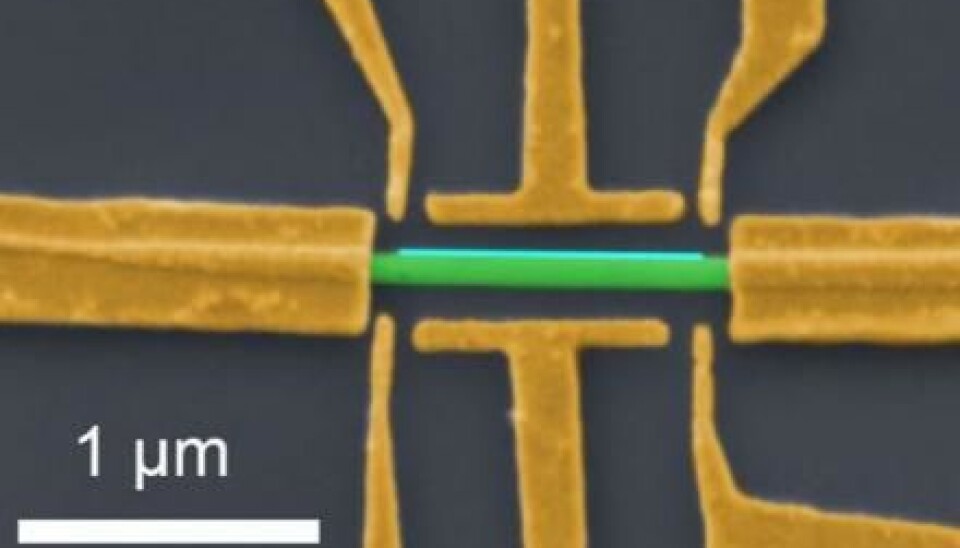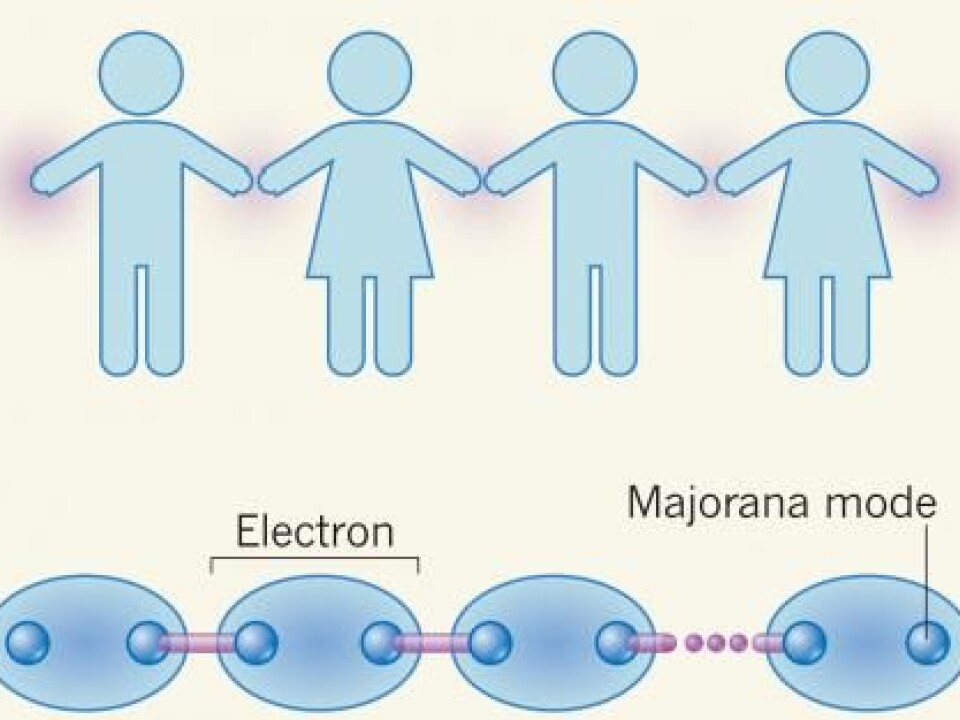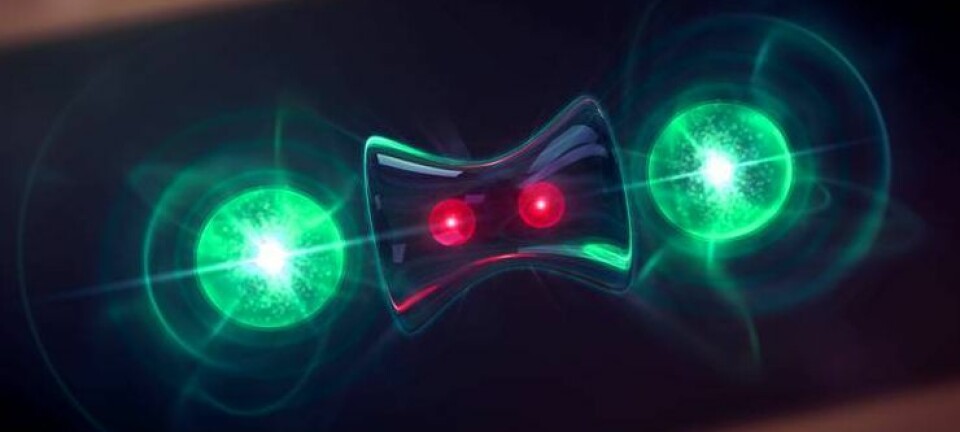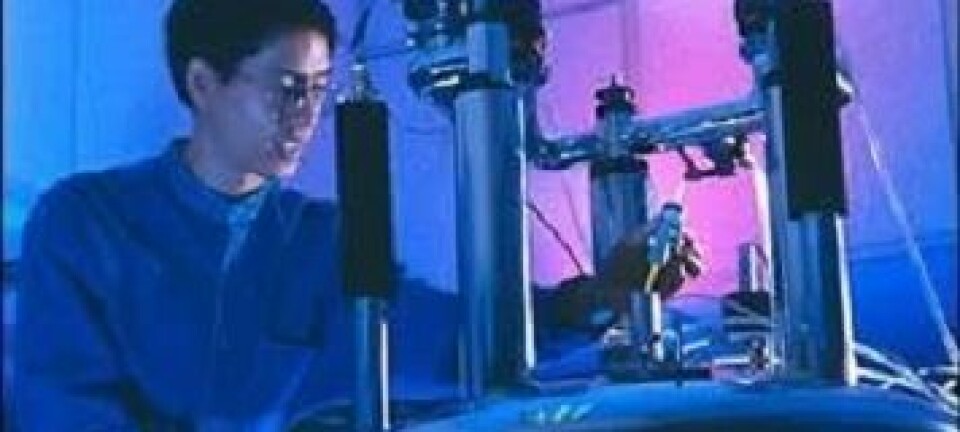
Scientists move closer to developing a quantum computer
A new nanowire of superconducting semiconductor material is the ideal building block for a quantum computer, shows new research.
Quantum computers have the potential to revolutionise our information society--that is, if we can get them to work. The specific quantum states required to build a quantum computer are in fact very difficult to control.
The slightest bit of ambient noise can damage the computation process, rendering the computer useless. And so far, no one has built a quantum computer that can really give ordinary computers a run for their money.
But now scientists have discovered how they might make the computers sturdier.
The new results are published in Nature, and they have a plan for how the technology can be used in future quantum computers.
Superconducting semiconductor retains quantum information

"We’ve used a new material, invented here in Copenhagen where a semiconductor and a superconductor is brought together," says co-author Professor Charles Marcus, from the Centre for Quantum Devices (QDev) at the Niels Bohr Institute at the University of Copenhagen, Denmark.
"The nanowires of this material function as a so-called topological superconductor, with the help of magnetic fields, and we can store quantum information that is protected from environmental disturbances. Information is locked in," says Marcus.
The hexagonal nanowires are just 0.1 micrometres thick--one ten thousandth of a millimetre. They are made of indium arsenide semiconductor material, coated with a 0.01 micron thin layer of aluminium on two sides.
Mysterious particles emerge
Electrons in these nanowires behave so strangely that they are described as a new form of particle called Majorana particles. They are not really elementary particles, but so-called quasi particles with special properties that scientists can exploit.
"In this experiment we have seen, by all accounts, Majorana modes, which fit the theory. It’s new and interesting," says Georg Bruun, associate professor in the Department of Physics and Astronomy at Aarhus University, Denmark. He was not involved in the experiment but he has read the scientific article and describes the results as very exciting.
"The Majorana particle is fun because it is its own antiparticle. In this case, it’s a superposition of an electron and a hole--a missing electron. Now it seems they’ve been observed in Copenhagen," says Bruun.
The Majorana particles appear at each end of the nanowire, and together they can hold on to the quantum information to be used in a quantum computer.
The two Majorana particles have practically no energy when they are far apart. This quantum mechanical zero-energy state is resistant to disruption, which makes the new material particularly useful.
One and a half microns nanowire is enough
"Majorana modes behave exactly as we imagined. When they are far apart, because the nanowire is wide, they are locked at zero power and they don’t release the information to their surroundings. It’s protected," says Marcus.
He has also worked out how long the threads need to be to lock in this quantum information--about half a micrometre.
But work on the nanowire has only just begun and there is some way to go before they can show that quantum information can be stored safely and build a full functioning quantum computer.
"The next step is to get information into the nanowire, manipulate it and get it out again. We know what we need to do now and we are doing these experiments. It may take six months," says Marcus.
They will merge several nanowires together into a T-shape and then figure out how to move the Majorana particles around within this T-shape.
"It should be finished in a year or two. And when it works, we need to connect multiple nanowires-Ts and get them to act as a quantum computer. That will take longer but I'm very optimistic," says Marcus. “It'll work.”
-------------
Read the Danish version of this story on Videnskab.dk
Translated by: Catherine Jex











